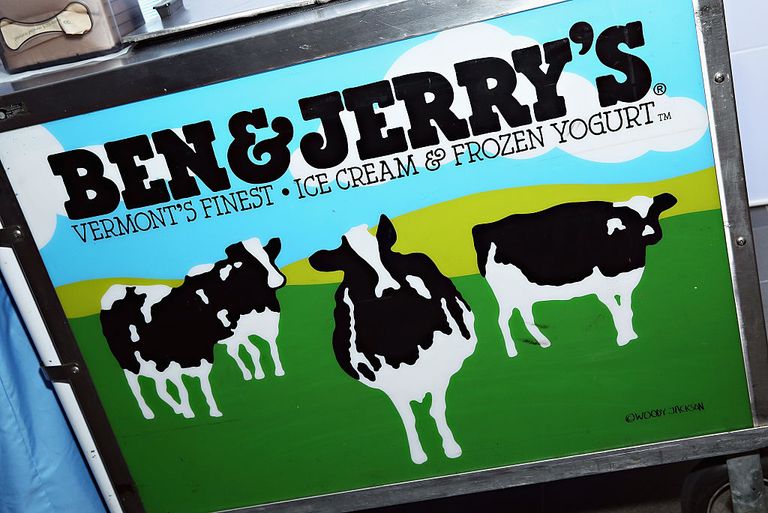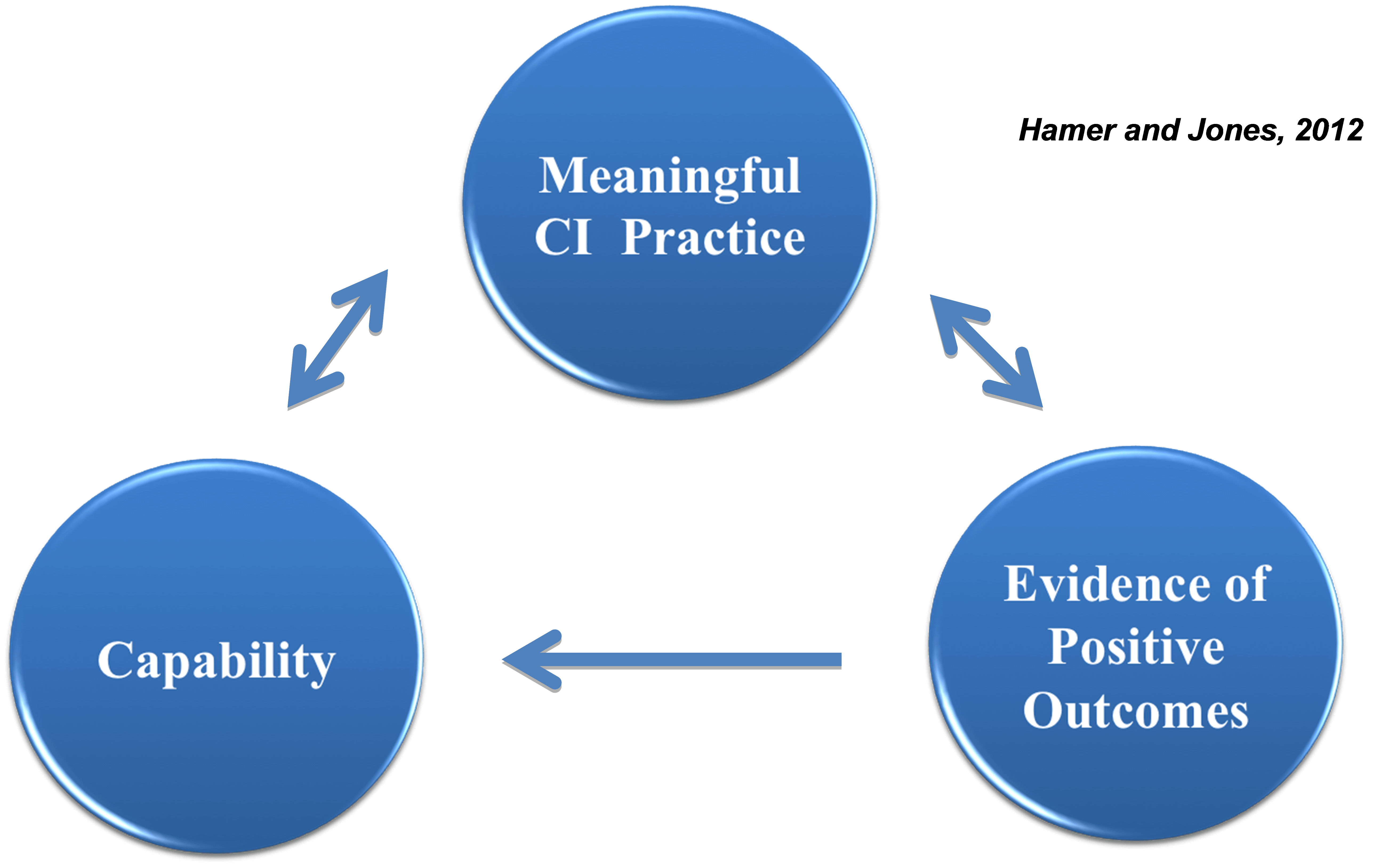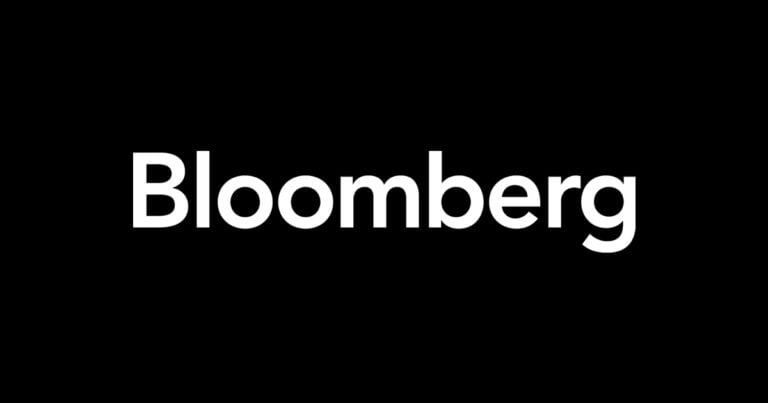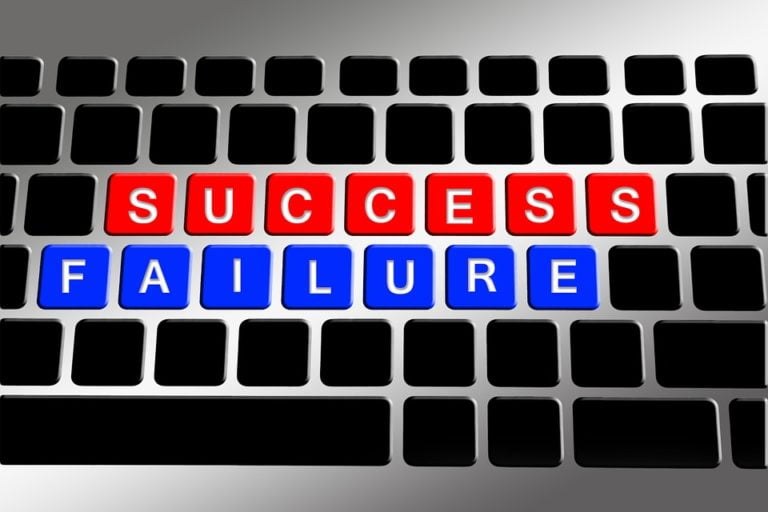Practicing Radical Transparency and Shared Prosperity at Ben & Jerry’s
This is an interview with Jostein Solheim, Chief Executive Officer and Ben and Jerry’s Homemade Inc
Companies that commit to radical transparency and shared prosperity gain loyalty and increased profits, as consumers begin to buy from companies that share their values.

Jostein Solheim is Chief Executive Officer, Ben & Jerry’s Homemade Inc. and Chair, CEO Connection® Social Impact Committee. CEO Connection leverages the combined resources of the mid-market community to provide mid-market companies ($100 million to $3 billion in revenue) programs they cannot get on their own, which makes the collaboration a natural fit.
As Chief Executive Officer at Ben & Jerry’s Homemade Inc. since 2010, Solheim manages a team of 100 at the corporate offices in South Burlington, Vermont along with his international teams based in London and Singapore. He is a devoted advocate for diversity, environmental conservation and social justice issues and is deeply involved in Ben & Jerry’s social mission, which focuses on changing ways to improve the quality of life on a local, national and global level.
Why did you decide to chair the CEO Connection Social Impact Committee and work together with the Wharton Social Impact Initiative?
This is an important cause to me. I dedicate 20% of my time to engaging others to join us in building social impact programs.
In my world we don’t call it corporate social responsibility – CSR, we call it our Social Mission, which dictates our standards of how we conduct our business process. We aren’t just selling a lot of ice cream and making a lot of money. We’re contributing to causes that align with our company values and making it an integral way of doing business. People buy our ice cream because we are in their community and addressing issues that are important to them and it’s the best ice cream out there.
Clearly, what we see in the next generation, the Millennials is that they intuitively get our business model and they want to buy things from companies that do good things. In working with Wharton, their students see how we put our values into practice and we benefit from their energy, passion, and excitement.
How do you define social impact programming and why is this important to the future of business?
We create social impact through the way we run our business and the way we encourage our fans and consumers to take a direct interest in our concerns. A critical element of social impact programming is to use our business to advocate for change and make that change available to all communities. Often times, we get help from our business peer groups to enable change to happen. Just this week we took a stance on climate during a national day of action with our local values-led businesses: Seventh Generation, Burton and others. There is strength in numbers.
Many companies are realizing the way to stay profitable is to think beyond your own gains and expand the focus to those in the supply chain. We craft engagements and loyalty with our supply chain and in doing so everyone involved in making our products becomes successful. When our suppliers are successful, they also pass that success on to their suppliers. We link it to the prosperity and success of our partners.
One example is our engagement with farmers and sourcing raw ingredients. Farmers are critical in every aspect of Ben & Jerry’s products. We want our farmers to share in our success and to have a dignified life. This is a continuous improvement program we’ve had in place for many years.
What are some examples of projects in the business functions of supply chain, talent and workforce, and products and services?
If you look at our products and history, the biggest investment Ben & Jerry’s has is in our ingredients. We realized early on that with every purchase we make, we can make it a value added purchase. We can enhance lives and add value through that effort.
For instance, we partner with companies that are certified as Fairtrade. We believe farmers deserve a fair price for their products. Our sugar, cocoa, coffee, vanilla, and bananas are all Fairtrade products. For our dairy ingredients – the milk and cream, we work with our Caring Dairy program. Caring Dairy http://www.benjerry.com/caringdairy is a program that works with 300 dairy farmers across America and Europe to review and improve their practices on issues like animal care and welfare and environmental stewardship.
Another project to mention would be the work we’re doing for climate justice and equity. This year we had a sharp focus on climate justice and plan to be at the COP meetings in Paris. We plan to do everything we can to help support a strong and binding climate deal. We’ve called the program, Save Our Swirled http://www.benjerry.com/values/issues-we-care-about/climate-justice .
No company is an island. Tell us about partnerships that the team has formed with the social sector and some of the campaigns that are supported.
Partnerships are a critical area for us. I’m working with companies all the time and inviting them to join the social impact movement. We work with a broad coalition of partners along with NGOS who have a deep knowledge of the issues.
One of my favorite campaigns that we helped enable is the same sex marriage campaign. I’m proud of that one. It was important to us to in the fight for everyone to have the right to marriage equality and so we joined a coalition of NGOs with that focus. We knew we could help with visibility. We didn’t run that campaign but we supported it consistently and on a large scale for many, many years. It was a joy for us to see the U.S. Supreme Court pass this ruling, along with other countries like Ireland and England. No matter what your position is no one can be angry while eating ice cream!
Supporting the campaign didn’t hurt our business either. The business has continued to grow strongly for the last five years.
The team at Wharton has been trained to complete a deep dive on a company’s strengths and weaknesses. Can you share an example of one of the impact assessments and are there other ways companies can do this themselves?
Let’s use the Hanover Direct project as an example of what the team has completed successfully. Hanover Direct was selected to participate in the pilot program following the creation of the CEO Connection/Wharton School Social Impact Initiative Consultation Program at CEO Connection’s 2014 Mid-Market Convention. The Wharton team went in and assessed Hanover’s potential opportunities for building social impact programs for the sourcing of down and increasing environmental consciousness through their catalog industry. They came up with a strategy and a specific set of recommendations to appeal to customers who really care about the issue, focusing on both animal and environmental welfare.
Another thing companies can do beyond the assessment is to complete B-Lab. Get started by going to the B Lab’s website https://www.bcorporation.net/what-are-b-corps/about-b-lab and read their mission, “B Lab serves these entrepreneurs through three interrelated initiatives that provide them the legal infrastructure and help them attract the customers, talent, and capital to scale.” B Lab has a scoring process that enables companies to benchmark where their strengths and weaknesses are in this space.
How do you measure and track the impact of CSI programs and do you share those measures with the public?
We’ve implemented a 200 point social impact index that we track and then have validated by a third-party every year.
One of the things you will find on our website is what we call a Social Environmental Assessment Report, better known as SEAR. This report has everything in it, warts and all. It is available to the public. Take a look at our SEAR for 2014 http://www.benjerry.com/about-us/sear-reports/2014-sear-report .
Early on, it was clear at Ben & Jerry’s that transparency is everything. We practice what I call, “radical transparency.” People will forgive you for lots of things, if you’re not hiding anything.
What 3 steps would you recommend companies do to integrate positive social impact into their standard business operations?
I think it’s really important that companies invite someone in to help them early on. I’d love it if companies leveraged the team at Wharton but in general, there are many ways to do this. There are a whole host of models that can help companies identify where they can have the biggest impact and where their practices are stronger or weaker. The first step is to get the knowledge and tools in place to define your objectives and mission.
The next step is to look into what it takes to become a B Corp and if that is something beneficial to your business. B Corps create commitment to social impact programming and have a strong guiding framework. In addition, see how an assessment with the B Lab can help. By the way, we have a top secret and quite interesting partnership launching this month with another B Corp, so keep your eyes peeled for that.
Finally, the biggest step involves commitment. It’s about committing your own company and working with your supply chain to build buy-in and consensus to these new ways of operating. Business has a responsibility beyond making money for shareholders. I would argue business can make more money for shareholders with social impact programming. Make the mission bigger than just making money. You will find effective and efficient solutions to those goals. Time and time again, when you give business constraints, your company and your suppliers will rise up to meet them.
By Kelly Eisenhardt, Managing Director at BlueCircle Advisors, LLC.
Interviewed October 2015







